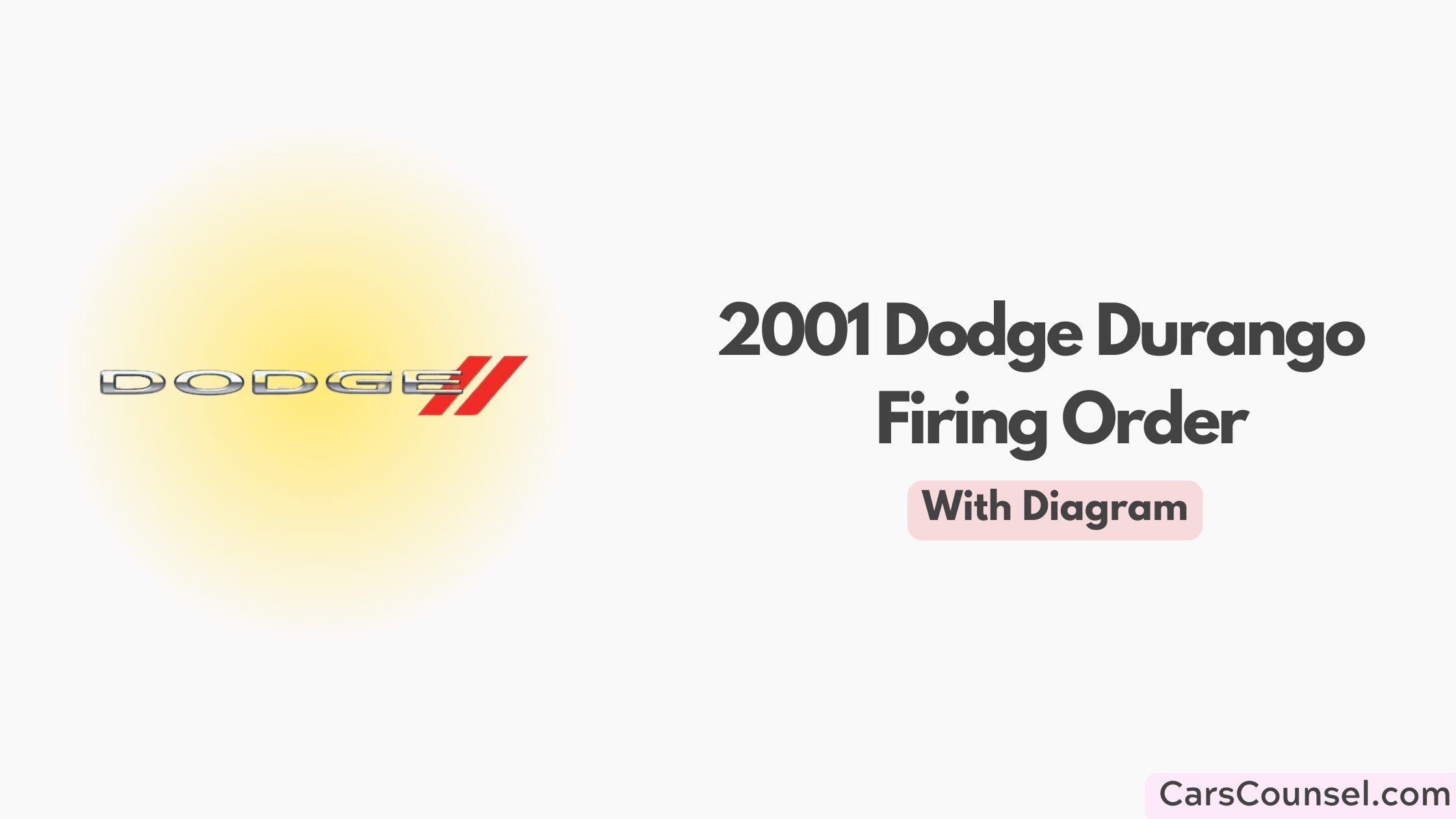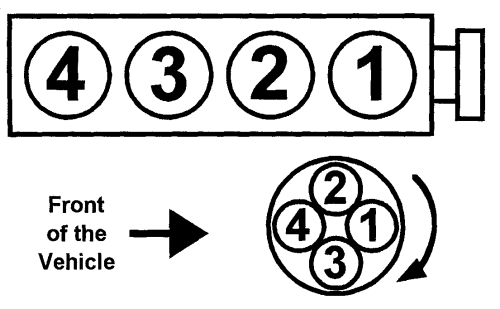The 2001 Dodge Durango has a specific sequence for the engine to work properly: 1-8-4-3-6-5-7-2. The first part of this sequence starts at the front of the engine on the driver’s side.

If this sequence is not followed, your car might not run as efficiently and use more gas. It’s important to regularly check your spark plug and ignition timing.
Signs that you might need a tune-up include rough acceleration, poor idling, stalling, or using more gas than usual.
Want to learn how to spot these signs faster or understand why this sequence is important? Read on for more information.
Quick Navigation
Key Takeaways
- The sequence in which the spark plugs in a 2001 Dodge Durango fire is 1-8-4-3-6-5-7-2.
- This order helps to keep the engine running smoothly and keeps the timing of the sparks correct.
- The first cylinder is located at the front of the engine, on the side closest to the driver.
- If the firing sequence is not followed correctly, the vehicle may use more fuel and the engine might not work as well.
- To keep the firing order correct, it’s important to regularly check the spark plugs and the timing of the sparks.
Understanding 2001 Dodge Durango Firing Order

What does the sequence 1-8-4-3-6-5-7-2 mean for your 2001 Dodge Durango’s engine? Think of it as the engine’s heartbeat. For your car to run smoothly and efficiently, the engine’s cylinders need to spark in a particular order.
First, the spark plug in the first cylinder fires up, then the ones in cylinders eight, four, three, six, five, seven, and two follow in that order. This sequence is crucial for keeping your engine stable, avoiding extra shaking, and making sure the ignition happens at the right time.
If this order changes, your engine may not work well, and your car may use more fuel. So, always check your spark plugs are working well and your ignition is timed correctly to maintain this sequence.
Identifying Cylinder Number One
Knowing which is the first cylinder of your car is often the starting point for understanding how your car’s engine fires. In a 2001 Dodge Durango, you’ll find the first cylinder at the front of the engine, on the driver’s side. It’s critical to know this when you’re trying to fix problems with the way the engine fires.
Here’s a simple way to find the first cylinder:
- First, open up your car’s hood to see the engine.
- Look out for the spark plugs. You’ll usually find them on the engine’s sides.
- The first plug that you see on the driver’s side, towards the front, is the first cylinder.
Regularly changing your spark plugs and keeping them in good condition is important for your engine to run well. When you’re changing the plugs, make sure you do it in the right order so you don’t mess up the engine’s firing pattern.
Symptoms of Engine Tune-Up Need
Knowing when your 2001 Dodge Durango needs an engine check-up is just as important as understanding its parts, like the first cylinder. Be aware of certain signs that suggest your engine needs a tune-up.
If your car is using more fuel than normal, it’s a clear sign. This could mean you’re spending more on gas and it’s not good for the environment. Another sign is if your car isn’t picking up speed as fast or smoothly as before.
Lastly, if your engine is working unevenly when idle or stalling, it’s time for a check-up. Regular engine check-ups help your car run smoothly and keep its power, so your Durango stays in top shape.
Engines with Similar Firing Orders
Conclusion
In simple terms, the firing order of your 2001 Dodge Durango is important for making sure your car runs smoothly and powerfully.
If you notice anything unusual, it might be time for a tune-up.
With this information, you can keep your Durango in top shape, similar to how a watch works accurately or a marathon runner stays fit.
Keep your car running well and enjoy your journeys.

